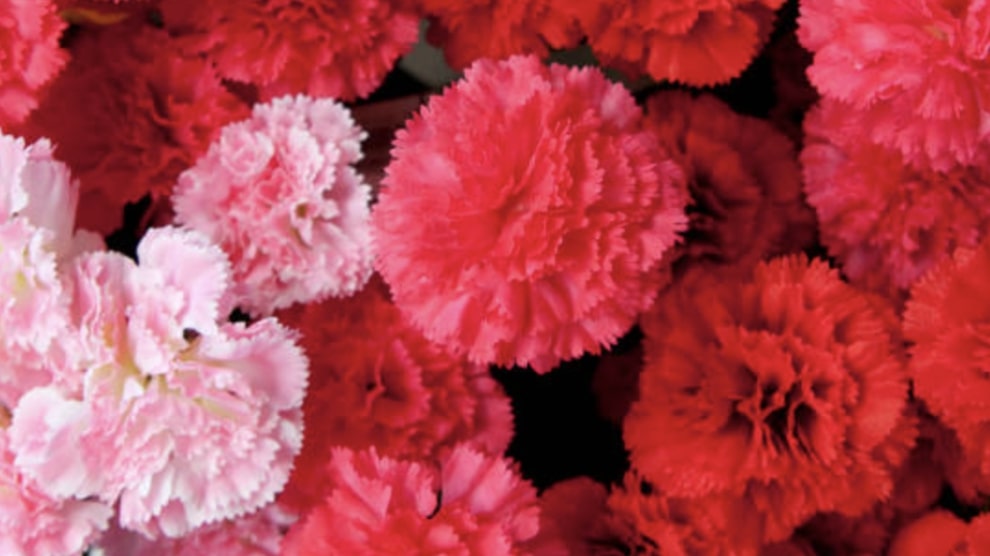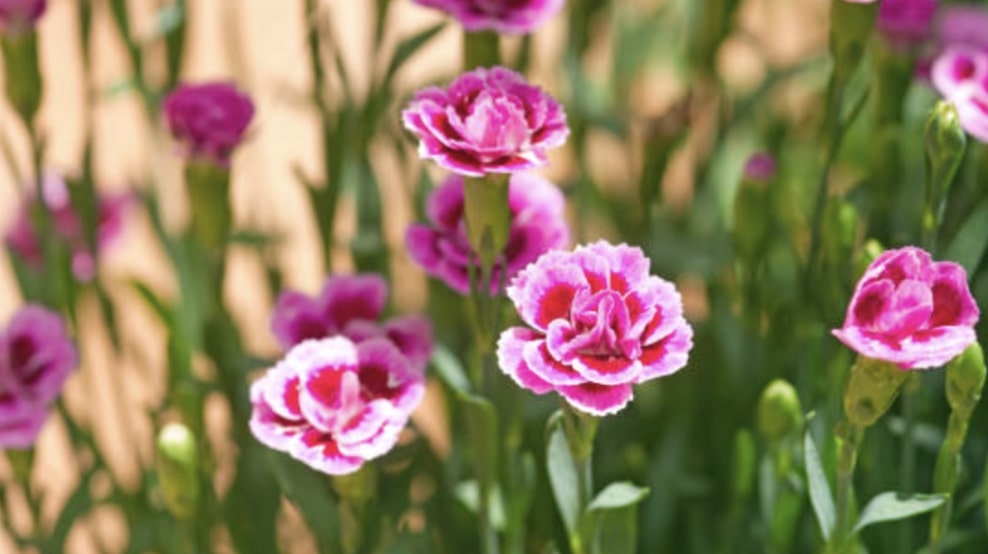Carnations are one of the most popular flowers that are given for any occasion. Expressing femininity, affection, and motherly love, they’re mostly given to a girlfriend, mother, or nana.
They are incredibly simple and inexpensive yet gorgeous with their ruffly petals. Moreover, they come in a full array of colors like pink, white, red, scarlet, and yellow, among others.
Plan to grow carnations in your garden? That won’t be a problem, as this is what today’s article is all about. Read on to know more!
Growing Carnations


Carnations are perennial plants. A perennial can last for several years in the right condition and environment.
However, they’re not as winter-hardy as other flower varieties. They thrive in USDA hardiness zones of 7 to 10, which have a minimum winter temperature of 0℉ to 40 ℉.
You have to put these flowers in a warm environment. But if it’s unbearably hot outside, their petals can wilt and dry.
They’re fairly easy to grow and maintain at your home to stay beautiful and fragrant for years. For this, you have to give them their needs concerning light, soil, water, and temperature.
For the soil, the flowers need alkaline, fertile, and well-drained soil. If the soil is acidic, you can add a small amount of lime to make it alkaline.
Full sun exposure is preferred by carnations, but they can do good in partial shade too. Also, note they are best placed under full morning sun rather than afternoon sun due to the heat.
Ideally, water them twice or thrice a week. This should be done regularly, especially when their flowers are blooming during spring.
Having said that, if the climate is very hot and humid, we advise spraying their leaves a little with cool water to prevent them from drying up.
If you notice the leaves fading or flowers turning yellow, stop watering them. These are signs that you have overwatered them, which will prevent them from getting enough oxygen to live.
Other Tips for Caring for Carnations


Using mulch is not advised for carnations since it cuts off the plants’ air circulation. But if you do need to use it to enable the soil to retain moisture, use natural mulch instead of dyed mulch.
Another tip is that you should deadhead your carnations when you see wilted flowers or leaves. This will allow new flowers to grow in place of them in the next season.
Because they are left alone by plant pests, you don’t have to use a pesticide. This is one of the great things about planting carnation flowers.
And every two to three years, you would have to divide your carnations. This keeps the old ones healthy.
To do this, carefully dig up the flowers and replant them as you would a perennial and annual plant. Don’t forget to water them regularly, of course.



